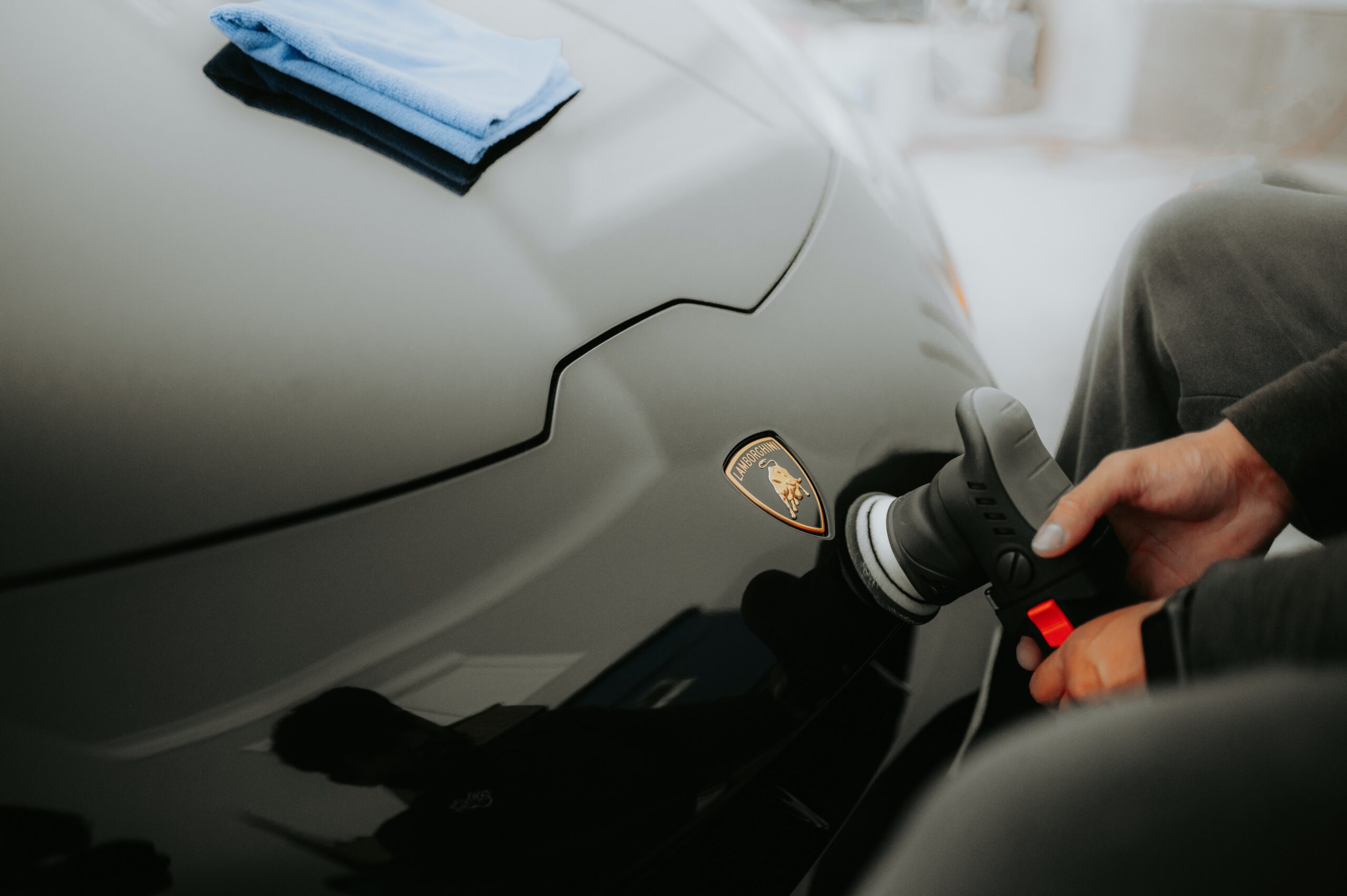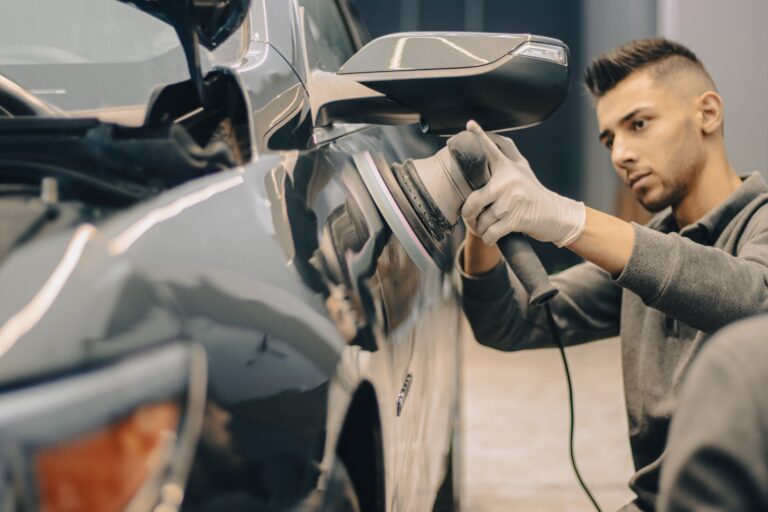The Basics of Car Detailing: An Introductory Guide for Beginners
For many, a car is more than just a mode of transportation; it’s a prized possession, a symbol of freedom, and for some, even an extension of their personality. Just as you’d take care of a cherished item, your car too deserves regular care and attention. Enter the world of car detailing. If you’re new to this term or have heard it in passing but aren’t quite sure what it entails, this guide is for you. Let’s dive into the basics of car detailing and understand its significance.
What is Car Detailing?
Car detailing is a comprehensive cleaning and restoration process that focuses on both the interior and exterior of a vehicle. Unlike a regular car wash that primarily targets surface dirt, detailing is about meticulous cleaning, rejuvenation, and protection of the entire vehicle.
Components of Car Detailing
Car detailing can be broadly divided into two main categories:
- Exterior Detailing: This involves cleaning and restoring the shine of the car’s surface. The process includes:
- Washing and Drying: Removing dirt and grime using specialised products.
- Claying: A clay bar is used to remove any contaminants from the surface.
- Polishing: To remove any small scratches and imperfections.
- Sealing or Waxing: Providing a protective layer on the surface.
- Interior Detailing: This is a deep cleaning of the entire cabin. The process includes:
- Vacuuming: All areas including seats, upholstery, rear cargo area, and trunk.
- Brushing and Steam Cleaning: For cleaning carpets and mats.
- Leather Trimming: Cleaning and conditioning of leather components.
- Glass Cleaning: Ensuring clear and streak-free windows.
- Perfuming: Leaving the car with a pleasant scent.
Why is Car Detailing Important?
- Maintains Vehicle Value: Regular detailing can help maintain the resale value of your car. A well-maintained vehicle always fetches a better price in the market.
- Protection: Detailing provides a protective barrier to your car’s finish, shielding it from contaminants, UV rays, and general wear and tear.
- Health: A clean interior ensures a healthier space for the occupants. Detailing can help in removing allergens, eliminating odours, and ensuring a dust-free environment.
- Aesthetic Appeal: A detailed car looks better, period. The shine, the clean interiors, and the absence of blemishes make your vehicle stand out.
- Prevention: Regular detailing can help in identifying potential problems early on, be it a chip in the paintwork, a tear in the upholstery, or any other minor issues that can escalate if left unattended.
Getting Started with Car Detailing
If you’re considering getting into car detailing, here are a few steps to get started:
- Research: Understand the needs of your vehicle. Different cars and finishes might require different products and care.
- Invest in Quality Products: Don’t skimp on detailing products. High-quality shampoos, sealants, waxes, and cleaners can make a significant difference in the results.
- Learn the Techniques: There are plenty of tutorials and courses available online. Learn the right techniques to ensure you don’t inadvertently damage your vehicle.
- Start Small: If you’re doing it yourself, start with smaller tasks like cleaning and waxing before moving on to more complex detailing tasks.
- Consider Professionals: If you’re unsure or don’t have the time, consider hiring professional detailing services. They have the expertise and equipment to do a thorough job.
In Conclusion
Car detailing is an art and a science. It’s about understanding the nuances of a vehicle’s finish, the intricacies of its interiors, and using the right techniques and products to maintain and enhance its beauty. Whether you’re a car enthusiast or just someone who wants to take good care of their vehicle, understanding the basics of car detailing is the first step towards ensuring your car remains in pristine condition.







